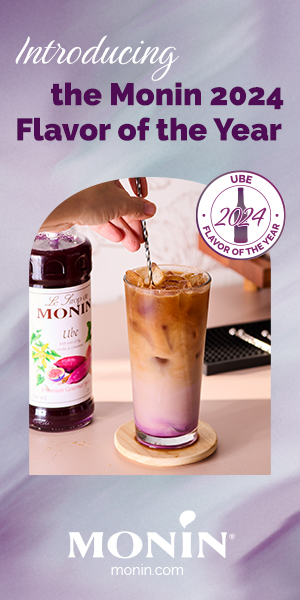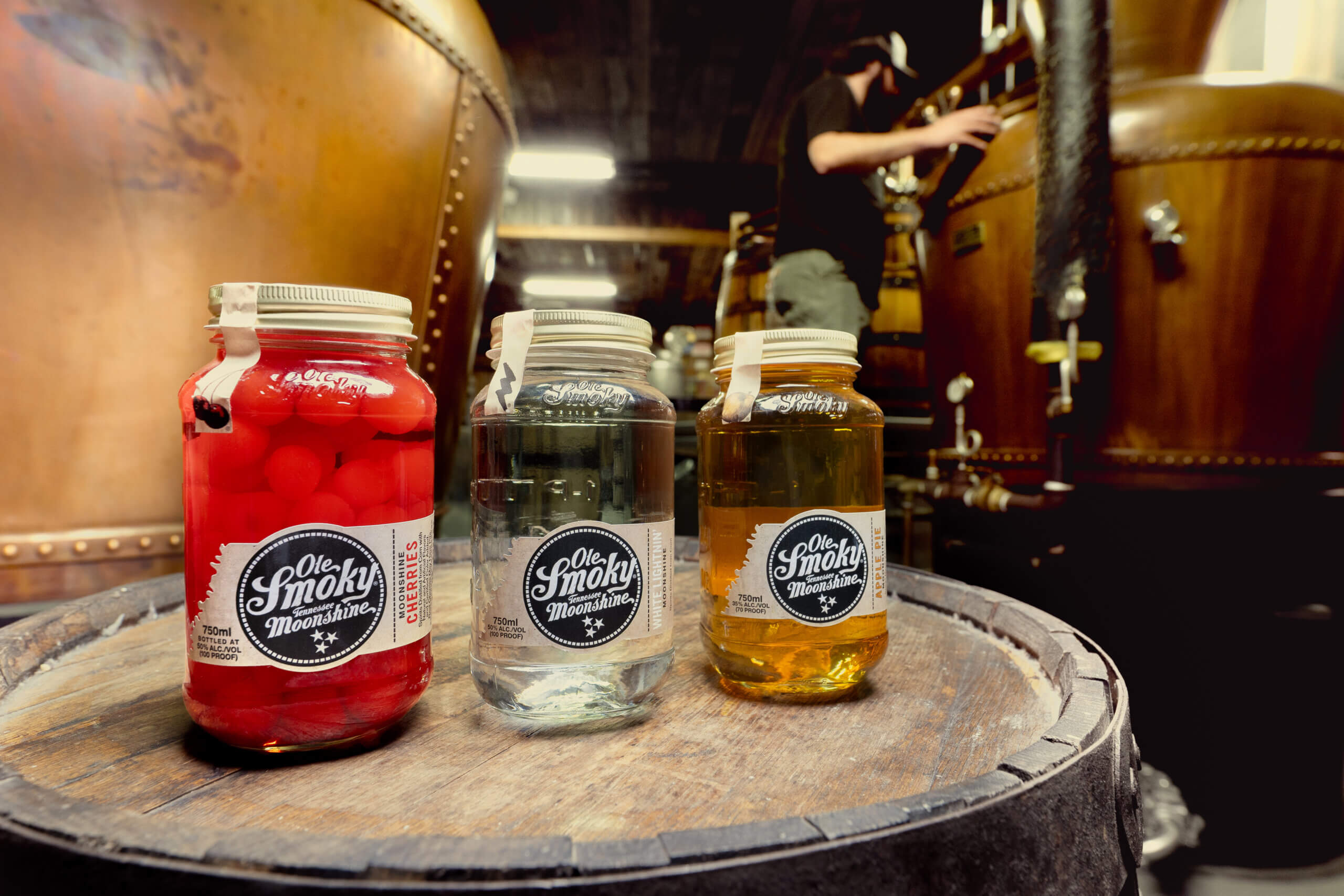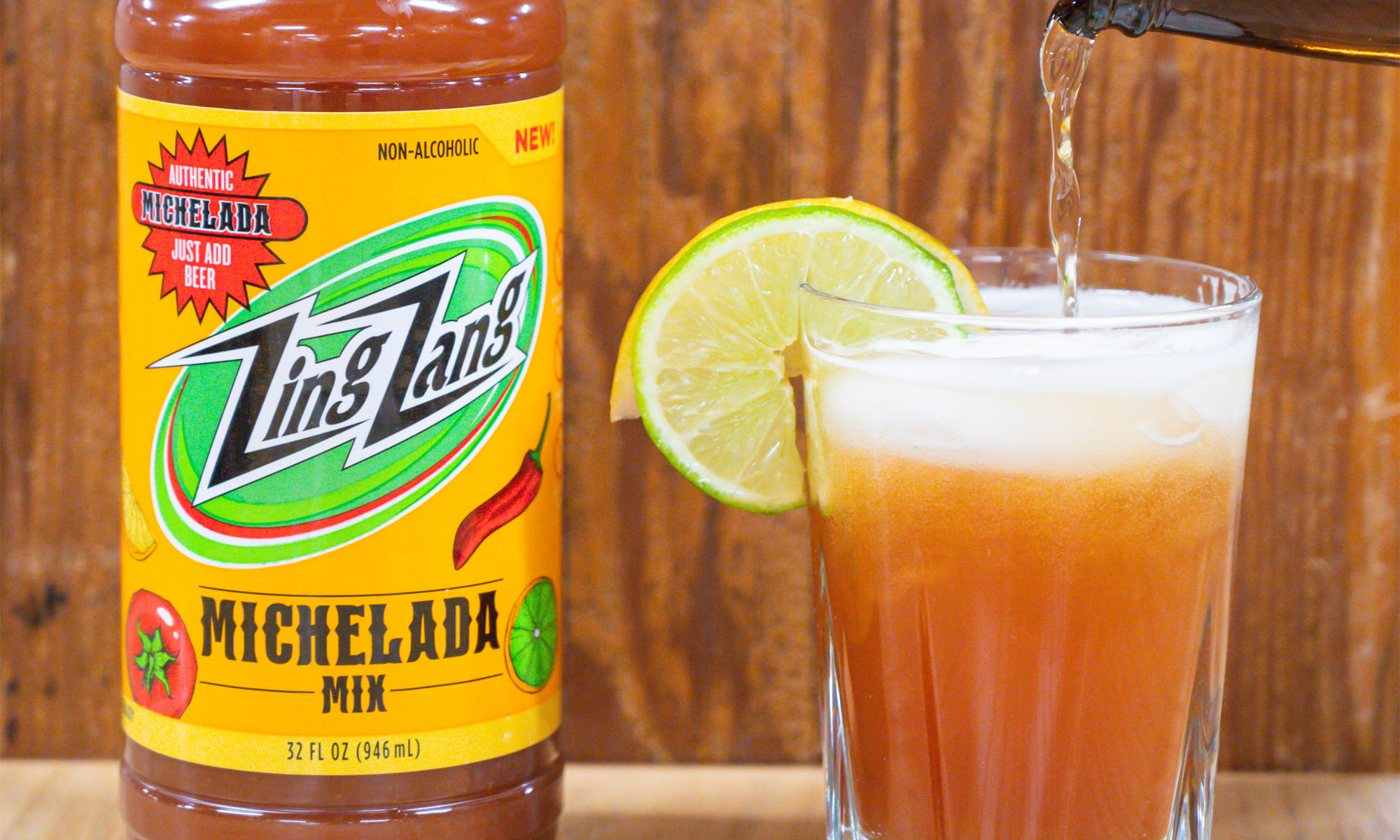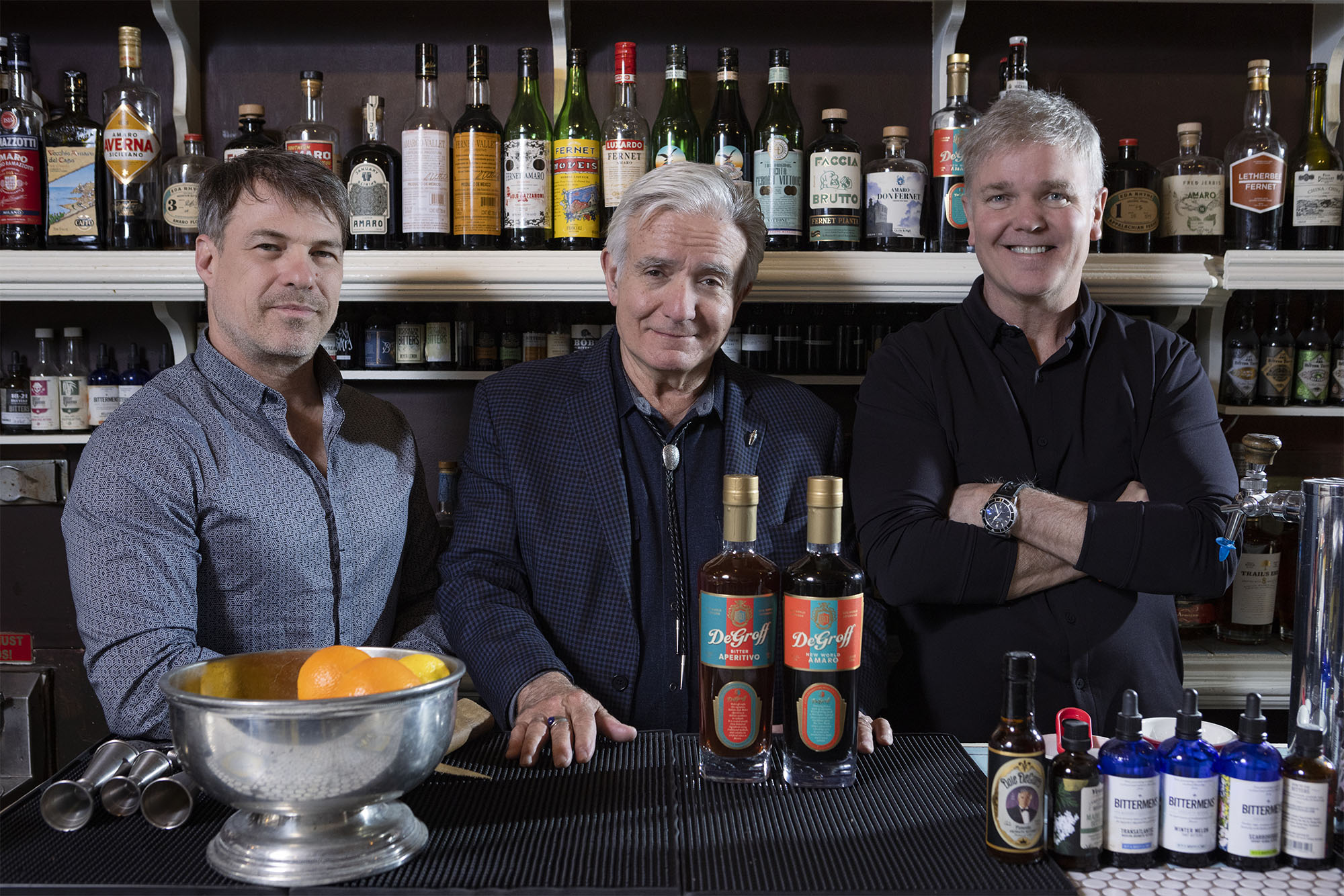Mezcal Decoded – An Interview with Gilbert Marquez
By Josh Curtis
Flavor, region, type of agave, and cooking method all define this complex spirit.
Gilbert Marquez has been working in the bar industry for many years. Formerly, he ran the bar programs at Mercado and El Carmen; he is now behind the stick at Tacoteca where he makes it his mission to explain the charms of mezcal to as many people as possible. Recently, he became the brand ambassador for Ilegal mezcal.
Chilled: Where are you from?
Gilbert Marquez: From Anaheim. I have family in Sonora, under Arizona.

Gilbert Marquez
My Mom is from Jalisco, a town a couple hours away from the city of Tequila. Ever since I was a toddler, I would visit often. There’s a picture from when I was about 4 years old crossing the border back into the U.S. in the back of a truck with my family on one of our many trips there.
Chilled: There’s a famous quote about mezcal. Would you be so kind?
GM: There are a couple but my favorite is “Pa’ todo mal, mezcal. Pa’ todo bien, también.” It translates as “For everything bad, mezcal. For everything good, also.”
Chilled: How were you first introduced to mezcal?
GM: I was working at 320 Main in Seal Beach and tasted a mezcal margarita that was on the menu. It still may be my favorite drink.
Chilled: Why is the word mescal sometimes spelled with an ‘s’ and then there is mezcal spelled with a ‘z’?

Agave Field
GM: Mescal spelled with an ‘s’ really refers to the entire category of a spirit distilled from the agave plant. So really, any agave plant can be used.
Mezcal spelled with a ‘z’ can only come from the areas designated within the Appellation of Origin.
Chilled: What is the actual definition of the ‘Appellation of Origin’?
GM: Appellation of Origin sets standards and requirements for producers of products and the way they are named. It’s all based on ‘Denominacion of Origin’. These regulate the quality but refer mainly to the geographical location. They don’t all necessarily make perfect sense.

Harvesting Agave
For example, bacanora [an agave-based spirit] is made in a different region [Sonora] that is not recognized as a Denominacion of Origin for mezcal. Therefore, it has the name ‘bacanora’. It relates to the geographical location of a specific product. Here it relates to the location of the agave. The word mezcal is important in this too. It comes from the Nahuatl Indian words metl meaning literally agave and ixcalli meaning cooked. Therefore, ‘cooked agave’.
Chilled: What is the difference between tequila and mezcal?
GM: There are a four major elements to consider. The region. The type of agave used. The way it is cooked. The flavor.
First, the region. Tequila has to be from one of five different parts to follow the Appellation of Origin: Tamalipas, Guanajutao, Michoacan, — which also produces mezcal — Jalisco, and Nayarat.
The Appellation of Origin for mezcal refers to mainly six regions: Oaxaca, Guerrero, Michoacan, San Luis Potosi, Zacatecas, and Durango. Mezcal must have the ‘100% agave’ printed on the label. Otherwise, technically it can have other stuff in it besides agave, such as cane spirit, for example.
When differentiating tequila from mezcal, the type of agave that is used to make mezcal as a whole category is different than Blue Weber agave which is what is what is required for tequila. Mezcal with a ‘z’ uses any of the other fourteen major categories of agave plants.
There are four that are the most well known. Almost all the other categories are subdivisions of these four major ones. [These include] Angustifolia for espadin and bacanora, and Karwinski, Potatorum, and Daisylorium for sotol, which is actually a lily.
You can use any of these agaves to make mezcal. Further still, there are over thirty sub-categories or scientific classifications of agave. So many categories, sub-categories, regions, sub-regions, ensembles… so many you could never know them all. It’s a can of worms but if you want to dive in.
Chilled: How do you wrap your head around the hundreds of types of agave? And about 1000 producers or more?
GM: I am trying to really learn as much as I can about all the sub-categories. I feel it is important not to misinterpret anything out of respect to those people for whom mescal is their lives. There is a lot of theology and mysticism involved. The different agave plants are each 100% different. The process is still structured but every family in every village has their own terroir, their own style, their own art.
Chilled: Tell us about the differences in cooking methods.
GM: The next major difference between tequila and mezcal is the cooking method. If there were more artisanal tequilas that might be different. The cooking method for mezcal is artisanal. Underground, the hearts of the agave are covered. The pit is ten feet deep and lined with volcanic rock. The wood fire burns until it heats volcanic rocks to extremes. Then, the piñas are stacked in the underground ‘oven’ and covered with a foot of dirt. This creates a giant smoker which cooks and caramelizes the piña for several days. This is what grants mezcal its smoky flavor.
The cooking method for tequila is very regulated. After the piñas are harvested, they are cut in half and cooked or steamed in ovens before being ground with the Tahona wheel. Tequila has not been influenced by smoke like mezcal. The entire process is very different when they grind up the cooked agave with the Tahona.

Piña Being Prepared for Tequila
Chilled: What is the defining characteristic of mezcal?
GM: The flavor. The smoky factor. All mezcal is not smoky but mezcal is smokier than tequila. Subtle smoke is a characteristic but not the characteristic. It’s a balanced product of smoke, alcohol, and agave. People like peated scotch but not everyone likes Laphraoig. In other words, we don’t look at all scotch like a complete smoke bomb. There is a variety of nuances even among the peated types.
Chilled: What is the next big trend in spirits made from the agave varietals out of Mexico? Raicilla, sotol, bacanora?
GM: I think that all the spirits of Mexico are going to grow as a whole. But, I think bacanora will capture the audience a bit more as it is a Mescal of Sonora.
Chilled: People ask me this all the time, so I wanted to ask you. What is your favorite drink to make right now?
GM: Right now, I’ve been making this mezcal-inspired variation on the classic Negroni cocktail.

Mezcal Negroni
A Mezcal Negroni Variation
Ingredients:
- 1 1/2 oz. Ilegal Joven Mezcal
- 3/4 oz. Breckenridge Bitters
- 3/4 oz. Carpano Bianco Vermouth
- Lemon Peel, for Garnish
Preparation: Stir and strain up into a chilled cocktail glass. Garnish with lemon peel.











